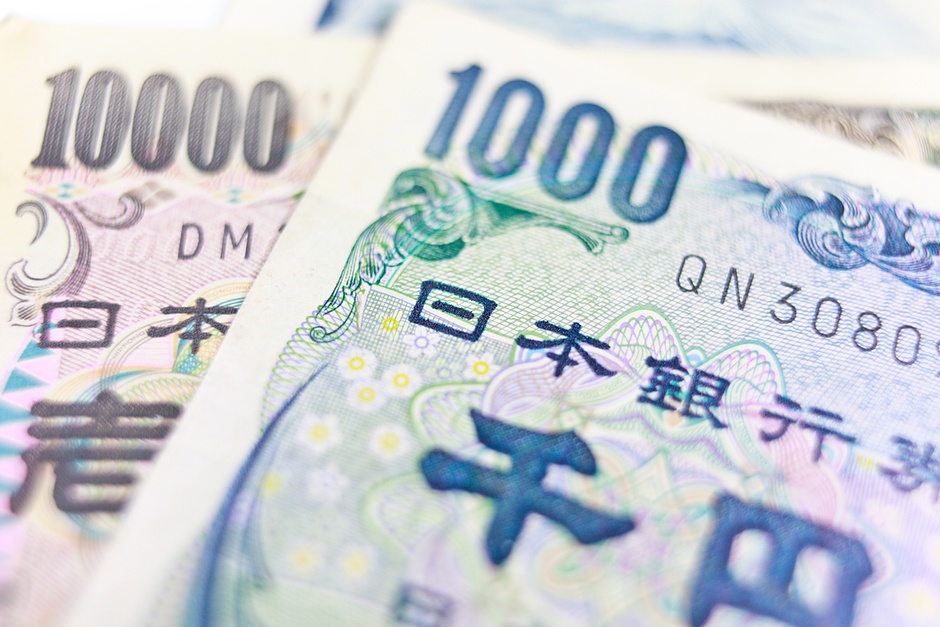Japanese Yen drops with concerns on size bond reduction from the BoJ
- The Japanese Yen eases and pops back above 161.00 ahead of the US trading session.
- The BoJ has closed off this Tuesday's consultation round with bond market participants.
- The US Dollar Index hovers around 105.00, with French election euphoria fading fast.

The Japanese Yen (JPY) is bouncing higher against the US Dollar (USD) on Tuesday, popping back above 161.00 halfway through the European trading day. Traders are staying out of the Japanese Yen, as the Bank of Japan (BoJ) is holding a consultation round with several bond market participants. The BoJ is exploring ways to best reduce or end its bond-buying program to close off over a decade of a very loose monetary policy regime.
Meanwhile, the US Dollar Index (DXY) – which gauges the value of the US Dollar against a basket of six foreign currencies – took a minor hit on Monday, with markets applauding the outcome of the second round of French elections. With a gridlock verdict regarding government formation, the sigh of relief in markets is fading fast as eyes shift to Capitol Hill, where US Federal Reserve (Fed) Chairman Jerome Powell will testify about the semiannual Monetary Policy Report to the US Congress in Washington. Although nothing new is expected, a chance for any dovish openings or hints toward a September interest rate cut could move markets.
Daily digest market movers: A very wide range
- With the meeting between the BoJ and market participants ended, comments are out from several major banks that are penciling in between 1 to 3 trillion Yen in reductions quite soon, according to Bloomberg.
- A heat wave in Japan is squeezing the energy grid to its maximum capacity. In Tokyo, regulators are monitoring the situation, industry minister Ken Saito said in a regular briefing on Tuesday, according to Bloomberg.
- The Bank of Japan survey round with bond market participants reveals a wide range of options for bond-cutting, ranging from zero over 2-3 trillion yen to a maximum of 4 million yen in buybacks.
- Japanese equities have had a field day this Tuesday, soaring nearly 1% in both the Topix and the Nikkei. European equities are struggling, while US futures are in the green.
- The CME Fedwatch Tool is broadly backing a rate cut in September despite recent comments from Fed officials. The odds now stand at 73.6% for a 25-basis-point cut. A rate pause stands at a 22.9% chance, while a 50-basis-point rate cut has a slim 3.5% possibility.
- The Overnight indexed Swap curve for Japan shows a 60.1% chance of a rate hike on July 31 and a 35.2% chance for a hike on September 20.
- The US 10-year benchmark rate trades at the lower end of this week’s range near 4.30%.
- The benchmark 10-year Japan Treasury Note (JGB) trades around 1.09%, just a touch away from a fresh high for this week.
USD/JPY Technical Analysis: Concerns on BoJ
The Japanese Yen has not been able to use the momentum from late last week after a very soft retreat towards 160.00 against the US Dollar, just enough to push the Relative Strength Index (RSI) out of the overbought area. With the BoJ stepping up its consultations with bond market participants, pressure is building towards the end of July for a rate hike.
On the downside, the pivotal level near 160.32 is working as support and triggered a bounce on Monday. On the upside, 162.00 remains the level to beat before printing again a fresh multi-decade high. In case the bounce fails and starts to test the pivotal support at 160.32 again, a slide lower towards the 55-day Simple Moving Average (SMA) at 157.37 will be the first support to watch on the downside.
USD/JPY Daily Chart
Interest rates FAQs
Interest rates are charged by financial institutions on loans to borrowers and are paid as interest to savers and depositors. They are influenced by base lending rates, which are set by central banks in response to changes in the economy. Central banks normally have a mandate to ensure price stability, which in most cases means targeting a core inflation rate of around 2%. If inflation falls below target the central bank may cut base lending rates, with a view to stimulating lending and boosting the economy. If inflation rises substantially above 2% it normally results in the central bank raising base lending rates in an attempt to lower inflation.
Higher interest rates generally help strengthen a country’s currency as they make it a more attractive place for global investors to park their money.
Higher interest rates overall weigh on the price of Gold because they increase the opportunity cost of holding Gold instead of investing in an interest-bearing asset or placing cash in the bank. If interest rates are high that usually pushes up the price of the US Dollar (USD), and since Gold is priced in Dollars, this has the effect of lowering the price of Gold.
The Fed funds rate is the overnight rate at which US banks lend to each other. It is the oft-quoted headline rate set by the Federal Reserve at its FOMC meetings. It is set as a range, for example 4.75%-5.00%, though the upper limit (in that case 5.00%) is the quoted figure. Market expectations for future Fed funds rate are tracked by the CME FedWatch tool, which shapes how many financial markets behave in anticipation of future Federal Reserve monetary policy decisions.
Author

Filip Lagaart
FXStreet
Filip Lagaart is a former sales/trader with over 15 years of financial markets expertise under its belt.


















